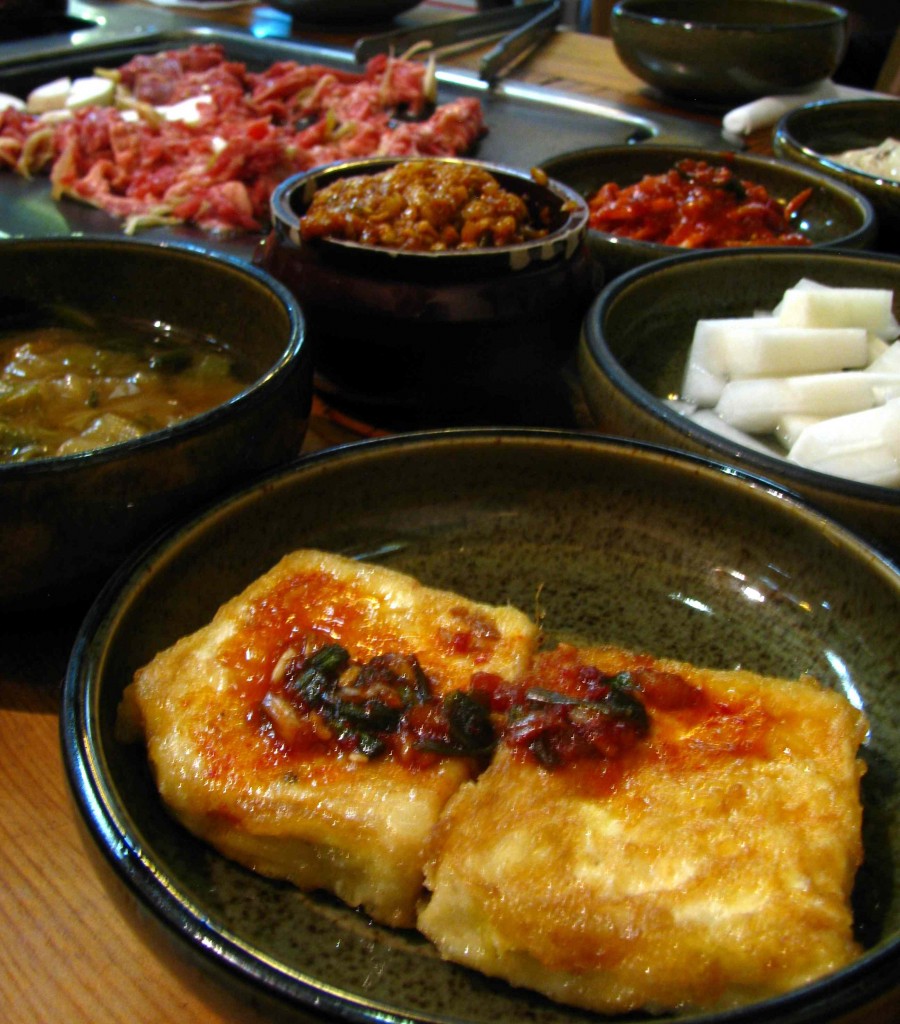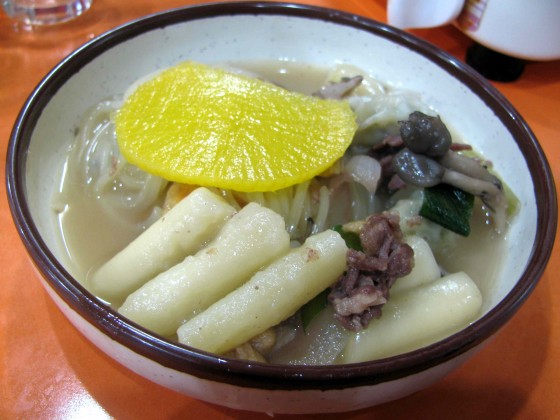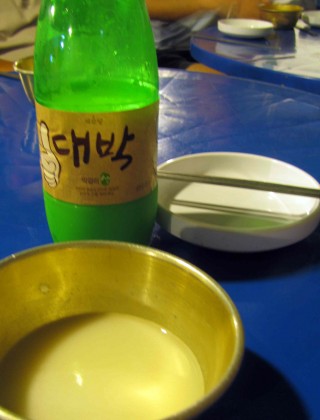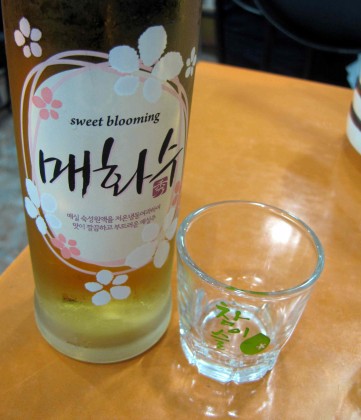Travelling to foreign countries is a great way to expand your boundaries. Language and cultural norms may hamper understanding, but if there is one thing that unites, it is food. It speaks a universal tongue, and offers a peek into a society’s history and habits. Grazing your way through a country’s national dishes is made all the more pleasurable if you have a knowledgeable guide at hand. Now when I go overseas for a holiday, it has become the norm to include a food tour as part of the itinerary.
On a recent trip to Seoul I signed up with O’ngo Food Communications for a Night Dining Tour. Our guide for the evening was Won Choi, who spoke fluent English. It transpired that Won was studying in London and working as a tour guide with O’ngo while on his semester break. We had seven participants that evening, a small enough number that allowed us to move quickly from venue to venue, but large enough to allow plenty of interaction.
While walking to our first restaurant, Won shared that we were in the Jongno district where many politicians and members of the royal court used to reside. This area bridges historic and modern Korea, with the restored Gyeongbokgung Palace and other cultural landmarks a stone’s throw away from high-tech residential apartments. We veered into one of the side streets in the Insadong neighbourhood, entering a traditional Korean barbeque restaurant called Tea Story. Quicker than you could say bibimbap, the staff brought out a dizzying array of small dishes, called banchan, that served as appetisers before our main courses came. The specialty of this restaurant is its soybean paste, which is chunkier than versions found in other restaurants. Won also introduced us to a drink called Sweet After Bitter. Comprising a shot of soju atop a shot of Coca-Cola immersed in beer, the cocktail starts off dry and finishes with the sweetness of the soft drink. Won challenged us to down the cocktail in one go – the first of several drinking games during the evening (apparently the Koreans are the world’s second heaviest drinkers).
In contrast to the meat-heavy and spicy dishes at the first restaurant, the signature dish at the second place we visited was soupy and loaded with carbs. Called royal toppoki, the dish is made with rice cakes, mushrooms, noodles, onions and beef, and as usual came with an assortment of banchan. Unlike regular toppoki, this dish does not contain pepper paste. Won explained that spicy food was perceived as being unhealthy, so palace cuisine tended to exclude these elements.
With bellies close to bursting, we lingered a bit longer at our third restaurant, which was little more than an outdoor tent and a few scattered tables. Here we had an assortment of Korean liquors including more soju, plum wine and makgeolli – a sweet milky beverage made from fermented rice. In the past farmers used to bring makgeolli to work to be enjoyed during their breaks, and the drink is enjoying a minor renaissance in Korea. This was accompanied by steaming bowls of dakdoritang (a chicken stew with peppers and potatoes) and grilled mackerel.
Eventually the cloudy skies prodded us to move on, and with good timing we entered our last restaurant just as the heavens opened. The rain and thunder notwithstanding, all was a sea of serenity within the Beautiful Tea Museum, which served up delicious desserts such as green tea rice cakes and shaved ice. The tea collection was impressive, and a section of the restaurant was devoted to explaining the history and significance of each tea.
Won feels that the strength of Korean food lies in its diversity. Within the space of three hours we must have tried over twenty assorted dishes that were alternately sweet, salty, spicy and bitter. Interestingly, the famous kimchi, or fermented cabbage, is itself a fusion dish, created when red chillies were introduced from trading with other countries. Having such a high concentration of top restaurants in one area meant that we spent less time walking (and more time eating!).
If you find yourself intending to seek out the gastronomic treasures of Seoul, come with a healthy appetite. You won’t be disappointed.
Written by Chek Wong.







